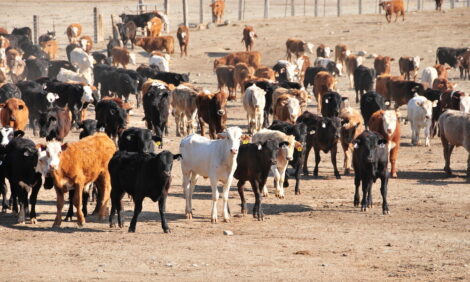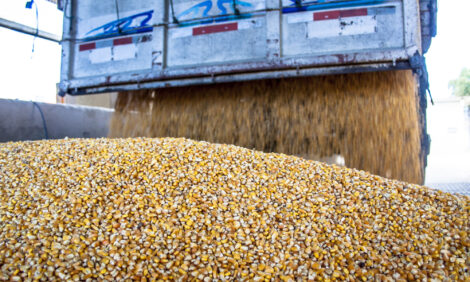



Weakened dairy markets walk a tightrope into 2023 - Rabobank
Milk supply growth has emerged at lastWeaker global dairy markets remain a key theme as 2022 comes to a close, according to a new dairy report from Rabobank. After record farmgate prices in many exporting regions this year, milk supply growth has emerged at last, led by the Northern Hemisphere. However, as demand falters, farmgate milk prices will follow global commodity market trends lower in 2023.
Underlying dairy market fundamentals remain skewed to the downside, with much depending on internal Chinese policies and broader resilience for dairy demand worldwide. “Weaker supply growth has kept dairy commodity prices relatively elevated, but fragile growth is on the horizon,” says Emma Higgins, Senior Agriculture Analyst at Rabobank. “With many economies experiencing broad-based food inflation, dairy demand is likely to get weaker in the short term before any remarkable improvement. Any potential upside rally hinges on a supply shock in the Northern Hemisphere or a meaningful reopening of China in the new post-Covid world.”
Supply expected to grow, farmgate prices to fall
After five consecutive quarters, the global milk supply recession looks set to end, driven by production in Europe and the US.
“Rabobank expects milk supply will gain modest momentum in 2023 in most regions apart from Australia, which saw another period of weather-disrupted production in the fourth quarter of 2022," said Higgins. "In 2023, milk production from the Big 7 export regions is anticipated to grow by 1% compared to 2022, enough to offset the 0.8% decrease in 2022 and remain on par with 2021’s production."
Clear price weakness in dairy markets for the final quarter of 2022 has diverged between regions and products. The large, domestically-supported cheese and butter markets in the EU and the US remain elevated but off highs posted earlier this year. Meanwhile, a 9% decline in Oceania GDT index prices over the last three months has permeated through the global milk powder markets.
After record or near-record farmgate prices in many regions this year, prices should move lower heading into 2023. Meanwhile, expensive input costs remain a clear headwind worldwide and, combined with lower milk prices, result in farm-level margin pressure.
Waning consumer confidence tests demand
Dairy demand is complex and multifaceted. The resilience shown so far will be tested by waning confidence levels as disposable incomes take a hit. Emerging markets are most at risk due to projected inflationary impacts on consumer budgets in the first half of 2023.
“Consumption growth in some export regions is becoming more challenging as consumers juggle significant price increases in the dairy cabinet,” said Higgins. “Dairy demand in the US has remained defiant in the face of cost-of-living challenges, while European consumers are now feeling the pinch at the retail level. Some resilience in Southeast Asia is evident, but smaller sales volumes and downstream margin pressure illustrate the headwinds.”
At the same time, eyes remain fixed on China, as Covid-19 policies remain firmly in place and the country works through local inventories and imported stock.
“We expect buying patterns will remain subdued across the first half of 2023, due to rolling lockdowns, milk production growth, and wavering consumption as challenging economic conditions take hold," said Higgin. "China is likely to re-enter markets in Q2 with a bigger presence from Q3 2023 onward."



